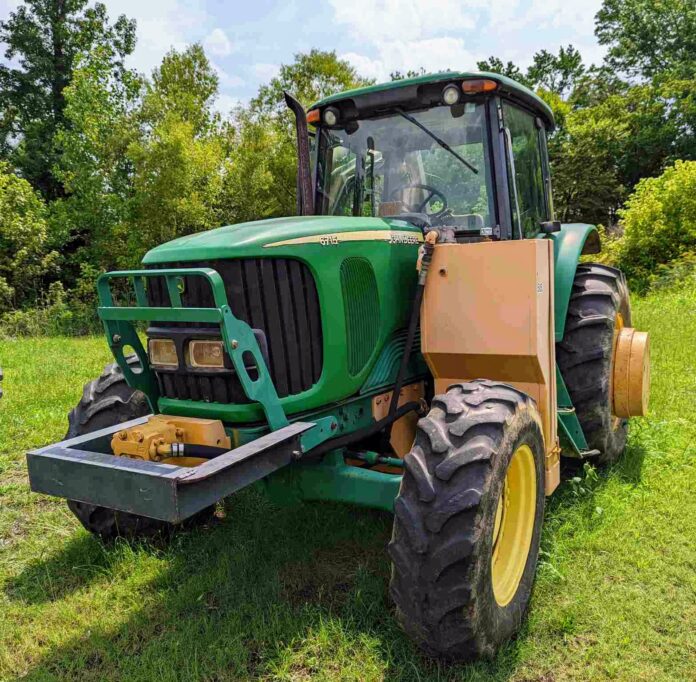
CULLMAN, Ala. – Cullman farmers are an integral population who make Cullman what it is today. Local crops and livestock are second to none and their upstanding reputations have been touted for well over a hundred years.
That reality is becoming more difficult to sustain in today’s market with the rise in gas prices. The increased cost at the pump has been spurred by many factors including a decrease in domestic production, oil prices at a seven-year high and the instability in Eastern Europe. With gasoline, specifically diesel, prices doubling in such a short time, many industries, nationwide and locally, have been left reeling from the blow.
Cullman County Extension Agent Kira Sims explained, “Increased fuel costs, specifically diesel fuel, has had an impact on our farmers this growing season. Fuel is critical not only in production to run the tractors through the fields, but to get the inputs, such as fertilizer and pesticides, to the fields and outputs, like peaches and corn, to the customer.
“It’s not just crop production, but animal production that is impacted by high fuel cost – livestock and poultry producers also have to feed and transport their animals, which directly rely on fuel.”
The United States Department of Agriculture (USDA) estimates an increase of 34% in the combined cost of fuel, electricity and lube for production costs in 2022 over 2021.
Corn acreage planted this year decreased in Alabama by over 15% from last year most likely due to the crop’s heavy nitrogen requirements.
Regional Extension Agent for Farm and Agribusiness Management, Jared Daniel, who covers north Alabama, shed some light: “Most agricultural inputs prices are heavily affected by changes in diesel fuel prices. Feed and fertilizer costs immediately jump to mind. Nitrogen tends to be one of the largest variable costs for farmers’ budgets, and corn is heavy on nitrogen requirements.
“These changes in acreage and planting decisions from the previous year could be farmers choosing crops which require less fertilizer expenses, which have no doubt been affected by rising fuel costs. Some farms have seen their fertilizer costs double or even more than double from the 2021 growing season.
“Many farmers have likely not downsized their production but sought ways to cut costs and cope with rising costs while maintaining production to make sure that their families, as well as ours, are fed and clothed.”
Sims shared a reminder, “As cost to produce agricultural goods has gone up this year, we as customers should expect the cost to purchase these foods to go up. Continue to support our local farmers as they still have families to feed and bills to pay like we do, and you know you’re keeping your dollar in Cullman County.”
Next week The Tribune will highlight how the increased cost of fuel has impacted the area’s trucking industry.
Copyright 2022 Humble Roots, LLC. All Rights Reserved.




























